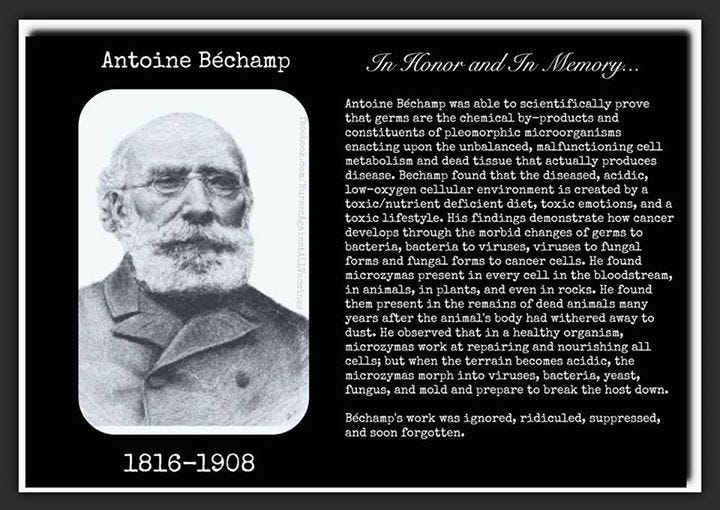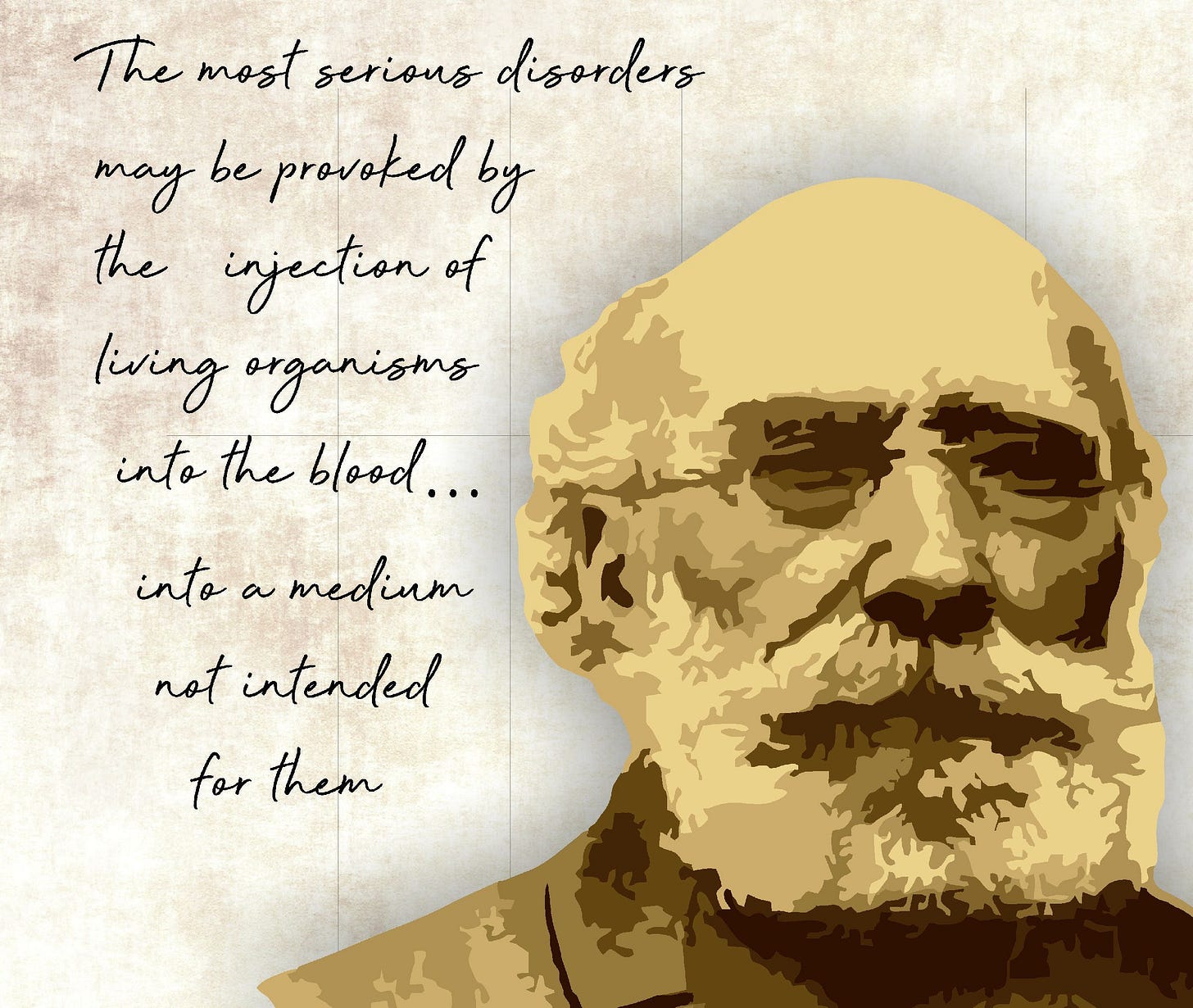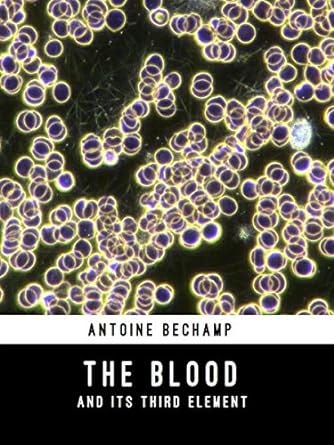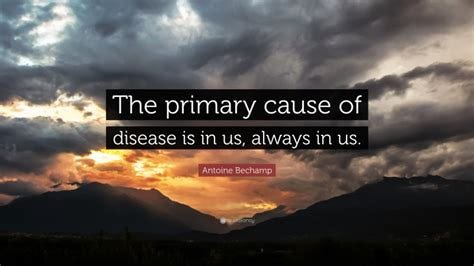
Germ theory and terrain theory are contrasting perspectives in the field of microbiology and medicine.
Germ theory, championed by Louis Pasteur, posits that specific pathogens, such as bacteria and viruses, are the primary cause of infectious diseases. According to germ theory, controlling and eliminating these pathogens is crucial for preventing and treating illness.
In contrast, terrain theory, advocated by Antoine Bechamp and others, emphasizes the importance of the body's internal environment, or "terrain," in determining health outcomes. Terrain theory suggests that a balanced internal environment is essential for resisting disease, and disruptions in this terrain can lead to susceptibility to illness. While germ theory focuses on external pathogens, terrain theory highlights the significance of nurturing a healthy internal milieu to support overall well-being.
Microzymas, as posited by Antoine Bechamp in his seminal work "The Blood and its Third Element," are microscopic entities that he proposed as fundamental building blocks of life. Bechamp's theory, published in 1866, challenged the predominant germ theory of disease advocated by Louis Pasteur. According to Bechamp, microzymas exist ubiquitously within all living organisms, including within the blood, and play a crucial role in both health and disease.
Unlike Pasteur, who focused on external pathogens as the primary cause of illness, Bechamp emphasized the internal environment of the body. He suggested that imbalances within this internal terrain could influence the activity of microzymas, leading to either health or disease. Microzymas, according to Bechamp, are highly adaptable and can undergo transformations depending on the conditions they encounter.
Bechamp's theory suggests that diseases are not solely caused by invasion from external pathogens but are more intricately linked to disruptions within the body's internal equilibrium. He proposed that under certain conditions, microzymas could undergo pleomorphic transformations, meaning they could change form and function in response to environmental factors. Bechamp argued that the presence of microzymas in the blood was indicative of their role in physiological processes, including digestion, metabolism, and immune function. He suggested that maintaining a balanced internal environment was essential for supporting the activity of microzymas and promoting overall health.
These transformations could contribute to the development of various diseases. While Louis Pasteur and Antoine Bechamp were contemporaries in the field of microbiology, Pasteur did not work under Bechamp directly. However, Bechamp was indeed a significant influence on Pasteur's early work, and the two scientists engaged in a professional rivalry that shaped the trajectory of microbiological research.

Pasteur initially disagreed with Bechamp's ideas, favoring the germ theory of disease, which posited that specific pathogens cause illness. However, towards the end of Pasteur's life, there are accounts suggesting that he acknowledged Bechamp's theories. On his deathbed, Pasteur reportedly admitted to a colleague, Claude Bernard, that Bechamp was right, implying that the internal environment, rather than external pathogens alone, played a crucial role in determining health and disease outcomes. This acknowledgment, though anecdotal, underscores the complexity and evolution of scientific understanding, highlighting the enduring significance of Bechamp's contributions to microbiology and medicine.
The significance of Bechamp's theories lies in their holistic approach to health and disease. Rather than viewing the body as a battleground for external invaders, Bechamp emphasized the importance of nurturing a harmonious internal environment. This perspective aligns with ancient healing traditions that prioritize balance and vitality as essential components of well-being.

Despite facing considerable opposition from the medical establishment of his time, Bechamp's ideas have experienced a resurgence of interest in recent years. Modern research into the microbiome, epigenetics, and holistic medicine has provided insights that parallel Bechamp's theories, lending credibility to his concepts.
Bechamp's theory of microzymas represents a profound departure from traditional germ theory and offers a compelling framework for understanding the complex interplay between the body and its environment. By recognizing the central role of microzymas in health and disease, Bechamp's work continues to inspire new avenues of research and clinical practice aimed at promoting holistic well-being.












the vaccinate the fish image highlights that terrain is not just our bodies but the whole environment.
While Terrain is certainly better than Germ, in fact, even if it won out, it would make no difference:
https://rayhorvaththesource.substack.com/p/who-is-right-and-who-is-wrong
The same applies to the faux science of Virology:
https://rayhorvaththesource.substack.com/p/what-can-defeating-virology-accomplish